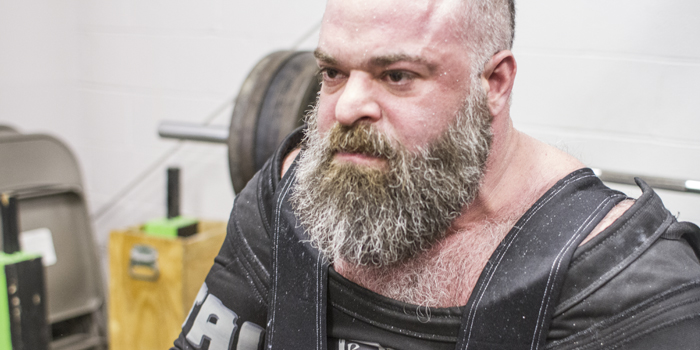
Powerlifting gear was first introduced into the sport in the early 1970s. Prior to the use and advancement of gear, the use of tight jean shorts, ace bandages, and whatever a lifter could think of was used for support. Over the past four decades, gear has advanced and continues to offer the sport several different options: raw, raw with wraps, single-ply, and multi-ply.
There are several misconceptions surrounding raw and multi-ply. These usually involve the economics of the sport and an overall lack of understanding of how the body functions. This also includes some very basic biomechanics and physiology concepts.
I’ve had numerous multi-ply lifters who have placed very well in raw meets. However, they were all extremely surprised and shocked when they first came out of gear. They were shocked at how weak they had become. A few expressed to me that they spent the last five years training and actually got weaker. This is far from the case. I have also read these same stories countless times online as they are all based around the same concept of, "I couldn't" believe how weak I was when I removed the gear."
One important factor to keep in mind is within one year they were all breaking raw records.
To further illustrate this phenomenon, a 500-pound raw lifter decides to train and compete in multi-ply and over the next five years increases his squat up to 800 pounds with gear. At this point he decided to compete raw and begin the next training cycle, only to find out he can only squat 450. Therefore the lifter believes he was stronger before he ever got into gear. However, he sticks with it and by the end of 12 months, this results in squatting 600 pounds raw. In their mind they went from a very hard 450 to a 600 raw. Yes, this is great progress, but it's not all due to what they think it is. It is VERY hard for anyone to increase a raw squat by 150 pounds, especially someone who has been training for over a decade.
Let's examine this more thoroughly. Gear does help. Anyone who say's different is a liar. Gear also aids in other aspects as well. It enhances the strength curve. Note: I didn't say it changes the strength curve. To fully understand this, search YouTube for missed lifts and you will find the majority of the time raw and geared lifters miss at the same points. It is a misconception that raw lifters miss in the hole and off their chest and that multi-ply lifters miss at the top. Lifters miss due to their weak points and, in most cases, are typically weak a few inches coming out of the bottom of the squat and the top third of the bench press—regardless of gear or no gear.
In addition, gear also provides more feedback loops for a lifter compared to a raw lifter. When wearing gear, you have the tension of the suit providing feedback for body position. You can feel if your knees are not out by the sensation of the suit within the sides of your legs. You can feel if you are arching hard enough by the tension in the ass. You can tell when you are getting close to parallel due to the overall tension the suit creates on your body.
In the bench, you can tell when to tuck by how the shirt is pulling on the elbows. You can feel the path of the bar based on how the shirt is pulling across the chest and triceps. You can tell when to turn the elbows out by when the shirt begins to let go.
For the deadlift, you learn where to place your hips at the start, based on the pull of the straps and the pull up through the crotch. All of these (and ones I left out) all provide neural feedback loops during the beginning, which are conscious and subconscious for the more geared and skilled lifters. This changes the intramuscular and neuromuscular coordination of the lift as well as the synchronization of how the lift is performed. The lift becomes more technical and the lifter needs to approach the training more carefully to maximize this effect. This is why someone can't just toss gear on and get 200 pounds out of it. If most people threw gear on they would get very little out of it, as the return on investment would be minimal. You need to "learn the skill" or become more "efficient" at using it (both on the muscular and neuromuscular level). Over time this skill is learned and thus can become mastered for some lifters. While their lifts do increase, so does their strength.
Going back to the example of the 500-pound raw squatter who goes into gear and squats 800 within vie years. Their gains were NOT completely contributed due to gear. They also got stronger.
What happens when they remove the gear is the body has to relearn motor patterns without the feedback loops. This is why they feel so weak the first time they squat raw. Their body (and mind) is looking for feedback, and it’s not receiving it. To reestablish the feedback loops takes time and repetition. When the feedback loops are reestablished (based only on kinesthetic awareness and body position) their strength begins to rapidly increase. This ISN'T new strength; it is strength they previously developed, but they were not technically efficient to properly demonstrate it.
In contrast, it takes time for a newly geared lifter to recognize the feedback loops required to lift in gear. Once these are restored, they will only see a modest increase in their lifts, despite what the critics say. They will not get 300 pounds out of their shirt or 500 pounds out of a squat suit. This takes time and it also requires getting stronger. Despite what you may hear about these huge carryovers, they are not entirely true because the more efficient one becomes with gear, the less efficient they will be without it. It is VERY difficult for your body to become extremely efficient raw and in gear at the same time because of the neuromuscular aspects previously discussed. Therefore, when someone says they get 350 pounds out of a shirt, I am willing to bet if they removed the shirt and trained raw for 8 months they would restore these feedback loops and be able to bench 100 pounds or more.
The takeaway for advanced lifters is to understand that if you go into gear, raw or single-ply, there will be an adjustment period. From my experience and years of training and coaching, this is usually between 6-8 months. Do not attempt to rush this process. While technical skill development and repetition is important, it's more critical to ensure quality repetition.









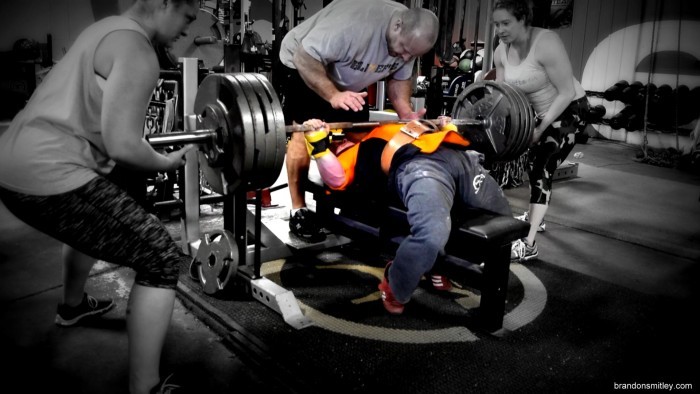
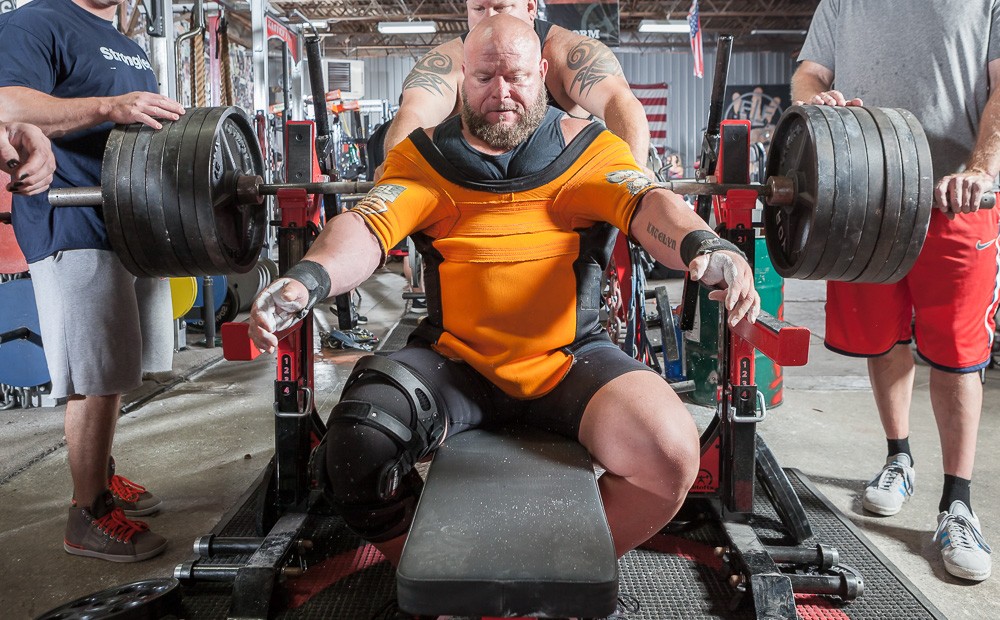
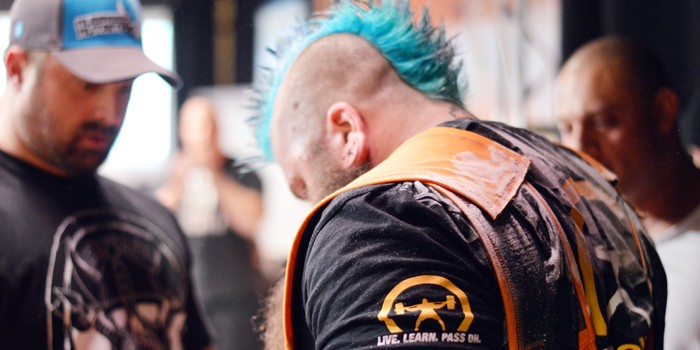
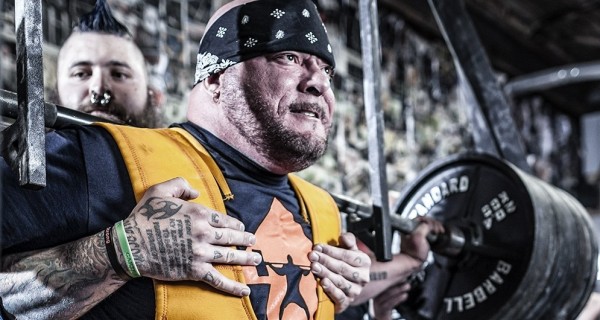

2 Comments